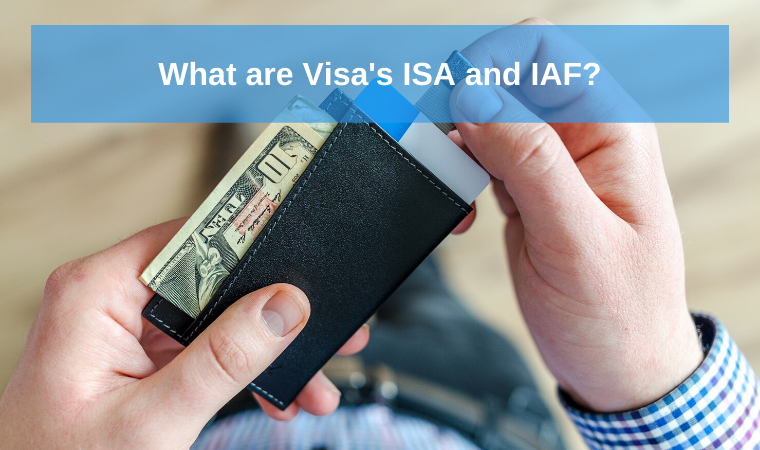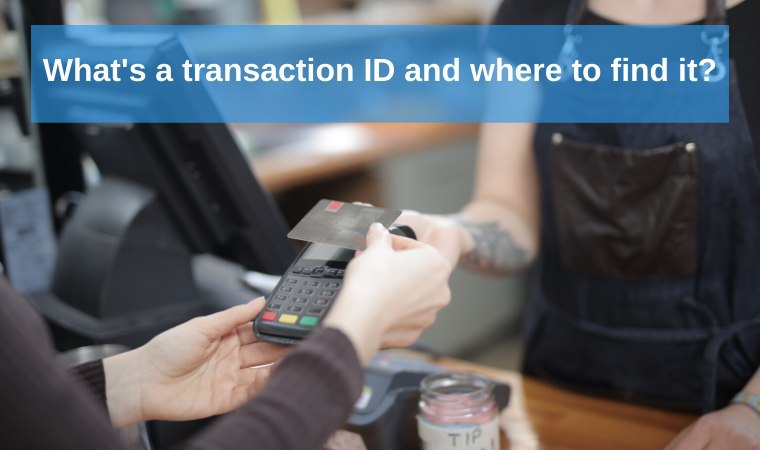Luhn Check
What is a luhn check?
Luhn check is executed based on the luhn algorithm. The luhn algorithm validates credit card numbers and other identification numbers. This algorithm holds the name of its creator – IBM’s scientist Hans Luhn. Other names of the luhn algorithm are luhn formula or mod 10 (modulus 10).
Modulus 10 notion is not random. The algorithm checks the sum of the card number’s digits. The aim of the formula is to answer if the sum equals the expected sum or if there is an error in the sequence. After the algorithm does its work, the modulus 10 should equal zero. In this case, we can state that the number is valid.
The volume of credit card transactions now is increasingly high. And all the involved parties should be able to encrypt and decrypt the data. And do it fast. That is why the financial system has always sought to find a mean that can do it fast and secure. To reach the goal there should be a system that could use limited resources and cope with a big amount of data. And the luhn algorithm has become the perfect option.
Yet, it’s important to understand that luhn algorithm’s main goal is not securing the transactions. Instead, it checks the possible errors in the cards’ numbers. Luhn algorithm lets eliminating the whole verification process. It’s like a pre-verification step to make sure the card’s number is correct.


